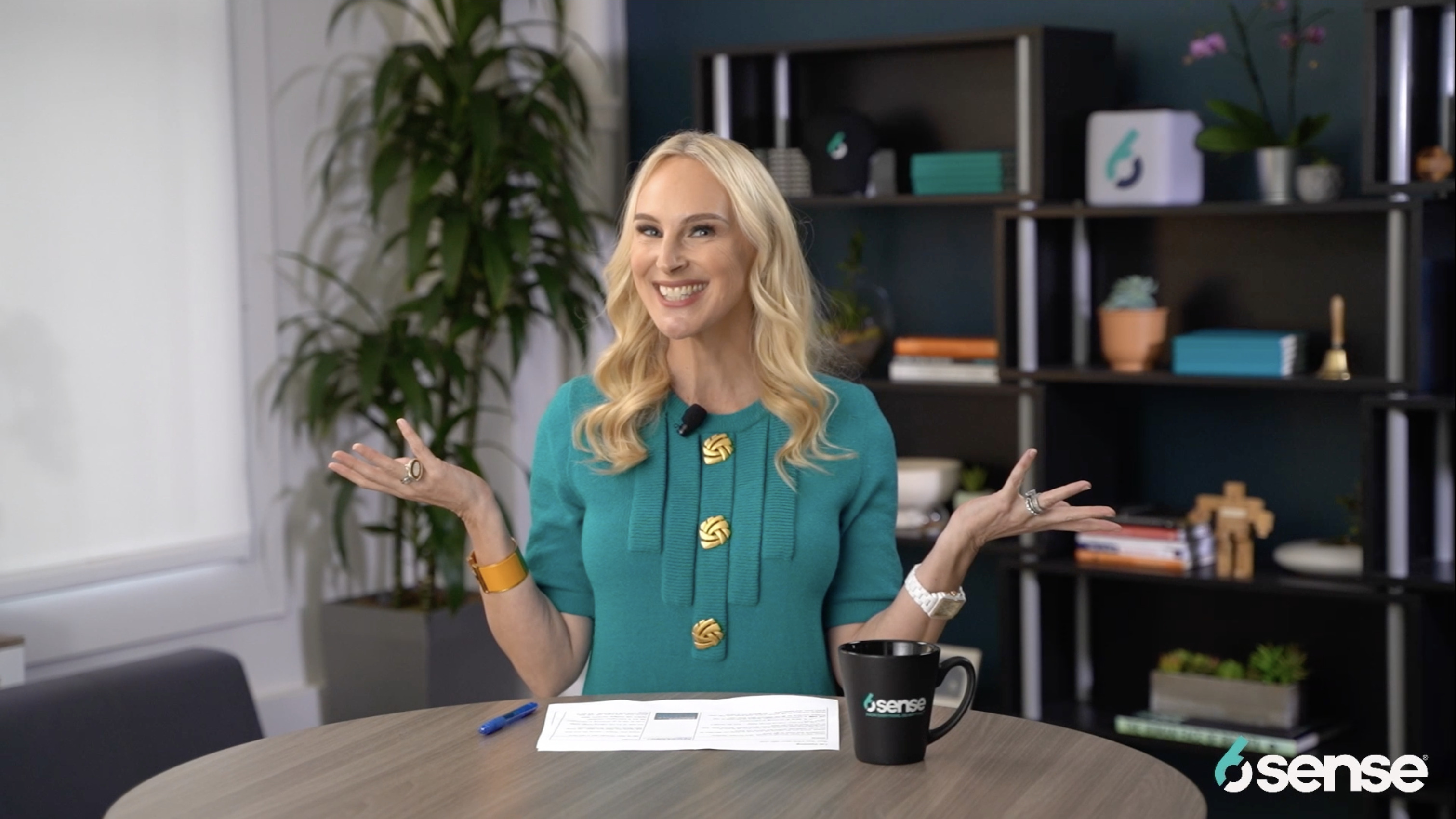Qualified pipeline is a core success metric for all revenue-driven CMOs. A qualified pipeline consists of early-stage opportunities, where the sales representatives have had discussions with prospects and are confident that these are “real” deals.
It’s critical that accurate marketing pipeline plans are based on actual conversion rates, opportunity sizes and sales cycles for each go-to-market segment and sales territory.
So where does forecasting fit into this? Should CMOs also build a pipeline forecast to meet their goals? Read on to discover the answers.
What Is a Marketing Pipeline Forecast?
A marketing pipeline forecast projects the amount of qualified pipeline CMOs can expect to generate from a campaign or program.
Most CROs and sales leaders intrinsically understand the importance of sales forecasting, which estimates how much business your company plans to close within a certain time period (like quarter or year), but too often marketing neglects this crucial step.
Pipeline Forecasting Considerations
There are several sales forecasting techniques, but most involve at least two factors: what is the probability that an opportunity will close (i.e. weighted value), and when is it likely to close (i.e. timing).
A marketing pipeline forecast serves a different purpose. For instance, it indicates:
- How much qualified pipeline is likely to be generated by marketing
- When they are likely to be qualified by a BDR or a sales representative
It is a forward-looking view that gives CXOs and board members sufficient confidence that they can meet future corporate bookings goals.
So how does a CMO go about creating an accurate marketing pipeline forecast?
How To Create a Marketing Pipeline Forecast
The simplest way is to analyze historical performance of your marketing-sourced opportunities for each go-to-market segment and sales territory. Use various forecasting methodologies (such as moving average, linear, seasonality) to estimate the number of marketing-sourced opportunities that are likely to be qualified within a time period, such as fiscal quarter or year.
You can take the forecasting model one step further by analyzing historical pipeline performance by each marketing channel. Some marketing leaders build even more sophisticated forecasting models that are based on factors such as planned marketing programs, spend, and BDR productivity.
However, analyzing historical marketing pipeline performance is not easy. Many companies don’t have the luxury of having an accurate database of historic opportunities by source, stage and time period. Forecasting also requires specialist analytical skills, which are not commonly found within marketing organizations.
With enough time and resources, you can certainly build a home-grown forecasting solution using your favored data warehouse and business intelligence dashboard.
Finding the Right Pipeline Forecasting Solution
If you’re less inclined to build your own solution, 6sense has its own easy-to-use, real-time Pipeline Intelligence forecasting planning and tracking application. 6sense can track your marketing pipeline forecast by segment and sales territory.
Regardless of your preferred forecasting approach and solution (buy vs. build), it’s critical that CMOs make “marketing pipeline forecasting” a key part of their jobs. It’s the surest way to give CXOs and boards confidence that marketing is aligned with corporate bookings goals. It also helps to justify marketing budget asks for future program spend.






